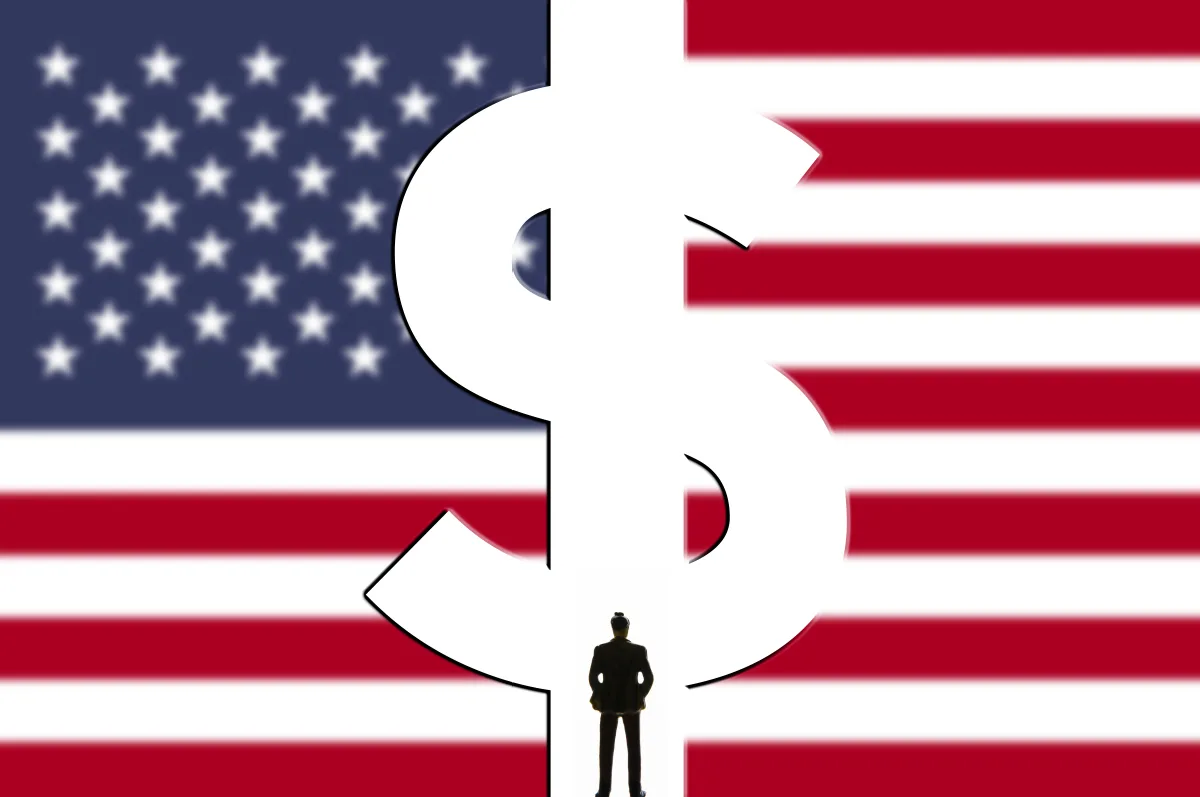Key Points:
“The US national debt has surpassed $33 trillion, raising concerns about its long-term sustainability.”,
“Increased borrowing costs are putting pressure on government finances and impacting interest rates across the economy.”,
“Analysts warn that unchecked borrowing could lead to market instability, inflation, and a decline in the value of the dollar.”,
“Some experts argue that fiscal reforms and spending cuts are necessary to address the root causes of the debt.”,
“Others emphasize the need for strategic investments in infrastructure, education, and innovation to foster economic growth.”
Content:
The US is on a borrowing binge, pushing the national debt past $33 trillion. This surge in debt is raising alarm bells among economists and analysts who warn of potential market instabilities. Rising interest rates are increasing the cost of borrowing for the government, further straining finances. The situation has sparked debate, with some experts calling for fiscal discipline and spending cuts, while others advocate for strategic investments to stimulate economic growth as a way out of the debt spiral.
Unique Perspective:
While the headline figure of $33 trillion in debt is undoubtedly staggering, framing the issue solely around cutting spending risks overlooking crucial nuances. Instead of resorting to austerity measures that could stifle growth, the focus should be on responsible fiscal policy that balances necessary investments in areas like renewable energy and education with long-term debt reduction strategies. This requires bipartisan cooperation and a shift from short-term political gains to a sustainable economic future for the nation.



